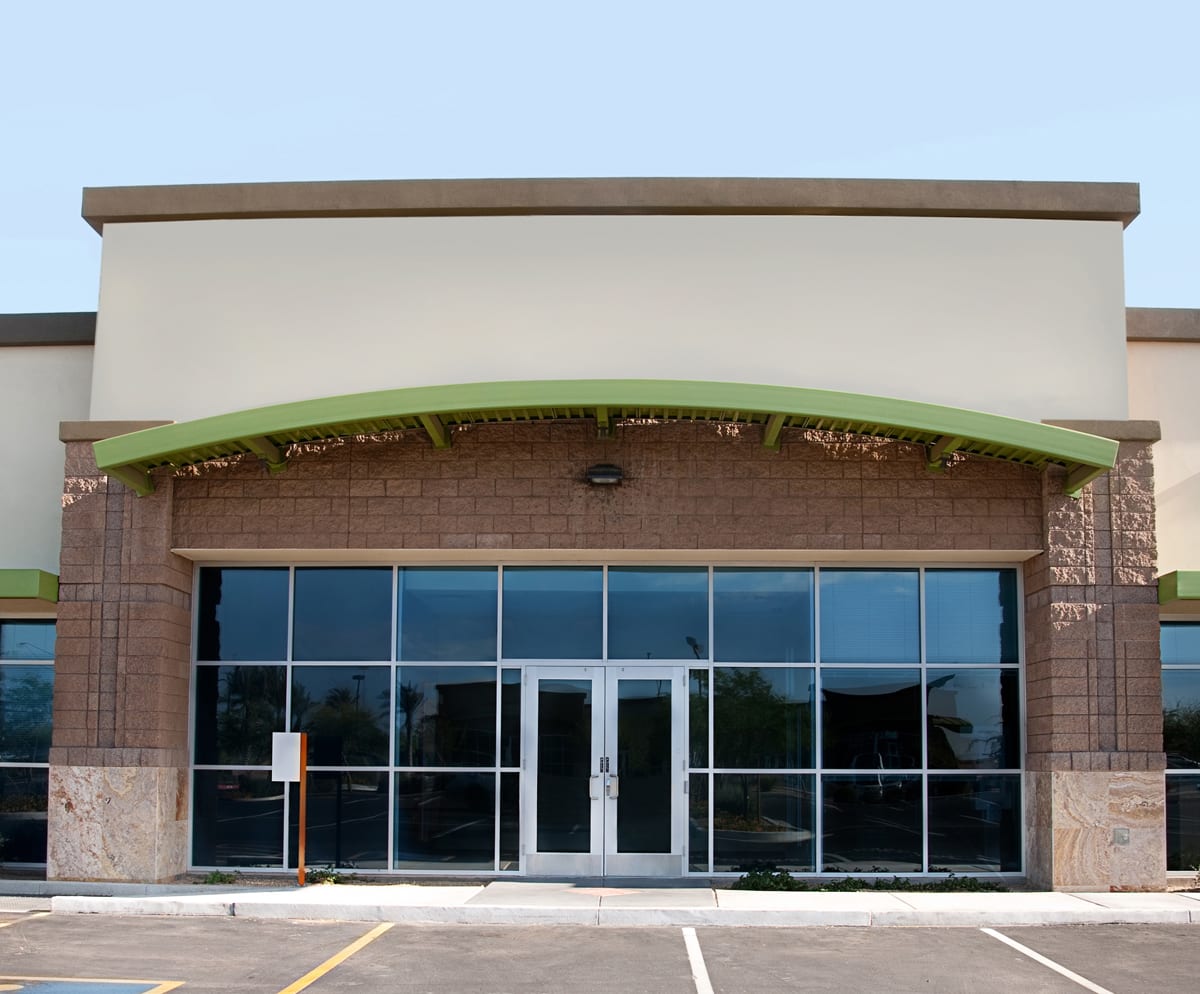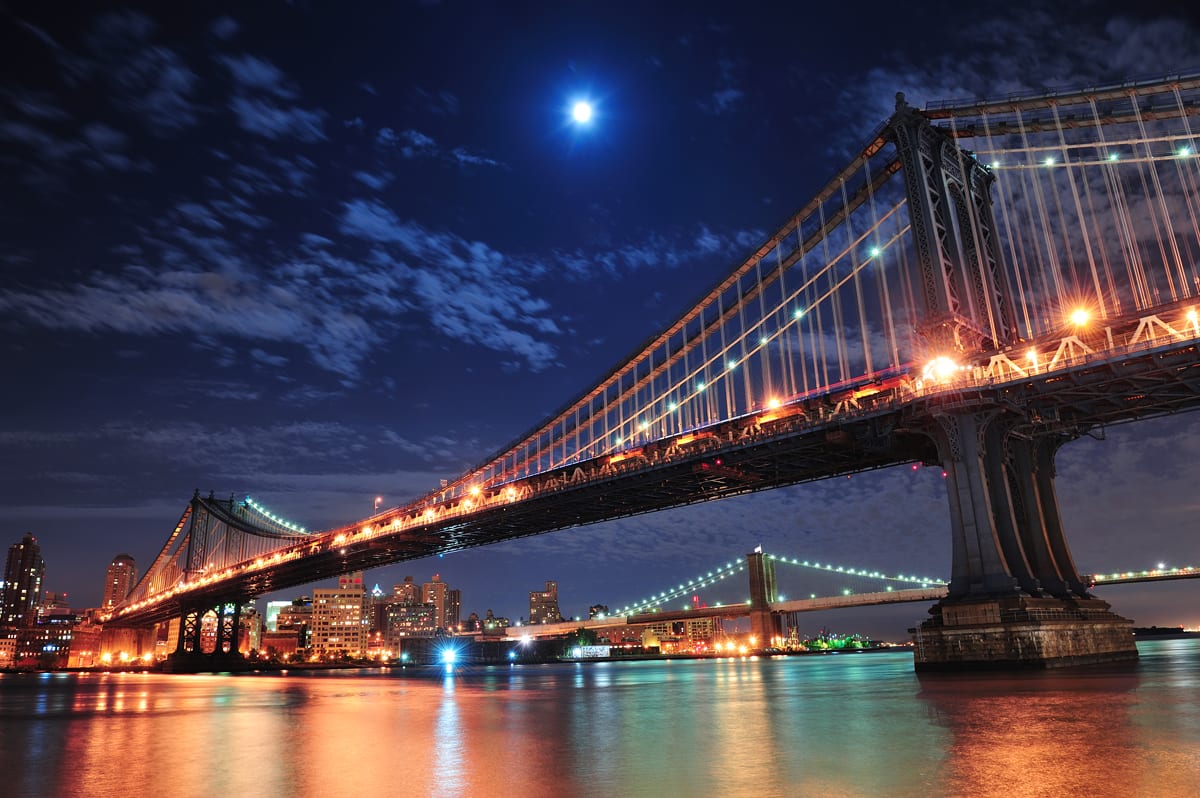Hundreds of malls in peril as big retailers close stores
I remember when the rise of the suburban shopping mall was being heralded as the end of downtown retail stores.
And indeed, the downtown cores of many cities in the US and Canada suffered as retailers fled to the cozy, Muzak-themed confines of the mall. Some city centres recovered, others did not.
Now it’s the turn of the shopping malls to face an upcoming Mallpocalypse.
Casualties will include commercial leasing companies, commercial mortgage funds, major retailers, commercial realtors, and of course the malls themselves.
Major retailers are closing stores or even filing for bankruptcy, and these include many of the ‘anchor tenants’ that make a mall viable.
Close an anchor tenant like Sears, the Bay, or JC Penney, and the mall itself is in danger of closing.
UP TO ONE-THIRD OF ALL MALLS IN AMERICA IN DANGER OF CLOSING
In fact, some analysts predict a full one-third of all the shopping malls in the United States are in imminent danger of closing.
Jan Kniffen told CNBC last May he believes the US has far too much retail space per capita, and predicts about 400 of the country’s 1,100 enclosed malls will fail in the coming years.
“On an apples-to-apples basis, we have twice as much per-capita retail space as any other place in the world,” says Kniffen. “The U.K. is second. They’re half of what we are. So, yes, we are the most over-stored place in the world.”
The past year has borne out Kniffen’s dire prediction.
In January Macy’s and Sears announced the closure of 218 stores across the US. These are major anchor tenants, and their absence will put a serious strain on the mall’s ability to survive.
As if that wasn’t enough, The Limited also announced in January that it would close ALL of its 250 stores, laying off 4,000 workers. The company blamed declining mall traffic for the move.
In a statement to Reuters News Service, the ownership company Sun Capital said, “In an increasingly challenging environment for mall-based retail and women’s apparel, we are very disappointed that the company has had to make the difficult decision to close its retail locations.”
Significantly, The Limited plans to keep operating as an online-only retail company.
Radio Shack, the mall location for gadgets and gizmos, may not even survive after filing for bankruptcy protection this month, for the second time in just over two years.
Radio Shack is closing 200 of its stores now, and pondering the future of its remaining 1,300 outlets.
WHY MALLS ARE FAILING
Like the downtown retailers before them, malls are a victim of changing demographics and new technologies.
The obvious villain to blame for this industry is online retail. Particularly in the area of electronics, online retailers like Amazon and Alibaba have been taking ever-larger chunks out of the mall’s market share.
Retail giants like Best Buy have been converting more and more space over to large appliances, because people are not likely to buy a double-wide fridge or gas range over the Internet.
In British Columbia, a consortium of retail businesses called ‘LoCo BC’ recently completed a study showing the impact of online shopping on local shops.
In 2014 LoCo found online sales revenue in Canada was estimated at $22 billion, or about 4.4 per cent of all retail sales, but those sales were increasing rapidly, and were expected to more than double to 10 per cent of all sales by 2019.
But it’s not just online sales that threaten the malls.
It’s also the failure of mall operators to properly assess the market.
The industry has simply overbuilt commercial space, and now faces a glut of mallspace in a market where many people are concerned about their next paycheque.
The United States has an estimated 48 square feet of retail space for every man, woman and child in the country.
That’s roughly twice as much as any other country in the world, other than Canada.
A good example happened in my own home town of Kelowna, BC. A few years ago Best Buy bought out Future Shop, which had a single outlet in a mall. Then Best Buy opened a second store in another nearby mall, and a third store under the Future Shop brand in a new mall in suburban West Kelowna.
Within a year, the two Future Shop stores were closed, and the malls were frantically hunting for new anchor tenants.
Like Best Buy, many of the large retail companies are realizing that, by having too many stores per capita, they are eating their own lunch.
If you have two fashion stores from the same brand within a five minute drive of each other, both stores suffer.
If you have two monster malls right next door to each other, both malls suffer.
Again, in my own neighbourhood in West Kelowna a large outdoor mall opened for business, but two years later half of the space is still unoccupied. It looks like a shiny, new ghost town down there.
AND NOW FOR THE REALLY BAD NEWS
I wish I could point to that silver lining hiding in this dark cloud, but unfortunately, I just see more dark clouds.
Last month I read over a report, “Retail and Apparel – US: Distressed Retail and Apparel Companies Are on the Rise. Who’s Next?”, by Moody’s Investors Service. It said in blunt terms that the number of distressed retailers in its portfolio is approaching levels not seen since the 1930s.
The report found that 13.5 per cent of Moody’s retail portfolio is now ‘distressed’, compared to 16 per cent during the Great Depression.
Moody’s named 19 retail chains, including Sears, J. Crew, Claires, and Tom’s Shoes that are in danger of going under. In total, these companies comprise more than 14,400 stores and employ hundreds of thousands of people.
As mall traffic and revenues decreased, retailers turned to highly leveraged funds for bridge loans to get over this ‘rough patch’.
But the rough patch has not ended, and now many of the bond issuers themselves are considered by Moody’s to be in peril.
The debt for these 19 retailers alone tops $3.7 billion, and almost a third of that comes due by next year.
A DARK TIME FOR COMMERCIAL MORTGAGE BACKED SECURITIES
All of this has prompted Deutsche Bank to recently bet against the prevailing wisdom, turning away from Commercial Mortgage Backed Securities (CMBS).
The bank says investors should in particular stay away from CMB indexes from 2012 and 2013, because they have a larger exposure to lease space in shopping malls.
A combination of declining traffic, bankruptcies and store closure makes these securities very risky, says Deutsche Bank, and the growth of e-commerce is just accelerating the trend.
A RETAIL BUBBLE, SET TO BURST
There are some analysts who argue this downturn in the retail economy points to a wider weakness in the overall North American economy … but I don’t agree.
Retail demand actually remains high, but the ambitions of mall owners and retail chains surpassed that demand.
The mall developers simply built too much floor space, and retailers blindly followed them, creating far too much supply for the available market.
Agreed, that market has been eaten away to some extent by online commerce, but the main culprit is simply overbuilding.
There are too many stores for too few shoppers, and now the stores are forced to massively discount their products just to pay off their loans.
For some companies and some malls this will be a death spiral, and unfortunately, many of them will close, taking down many thousands of jobs over the next five years.












